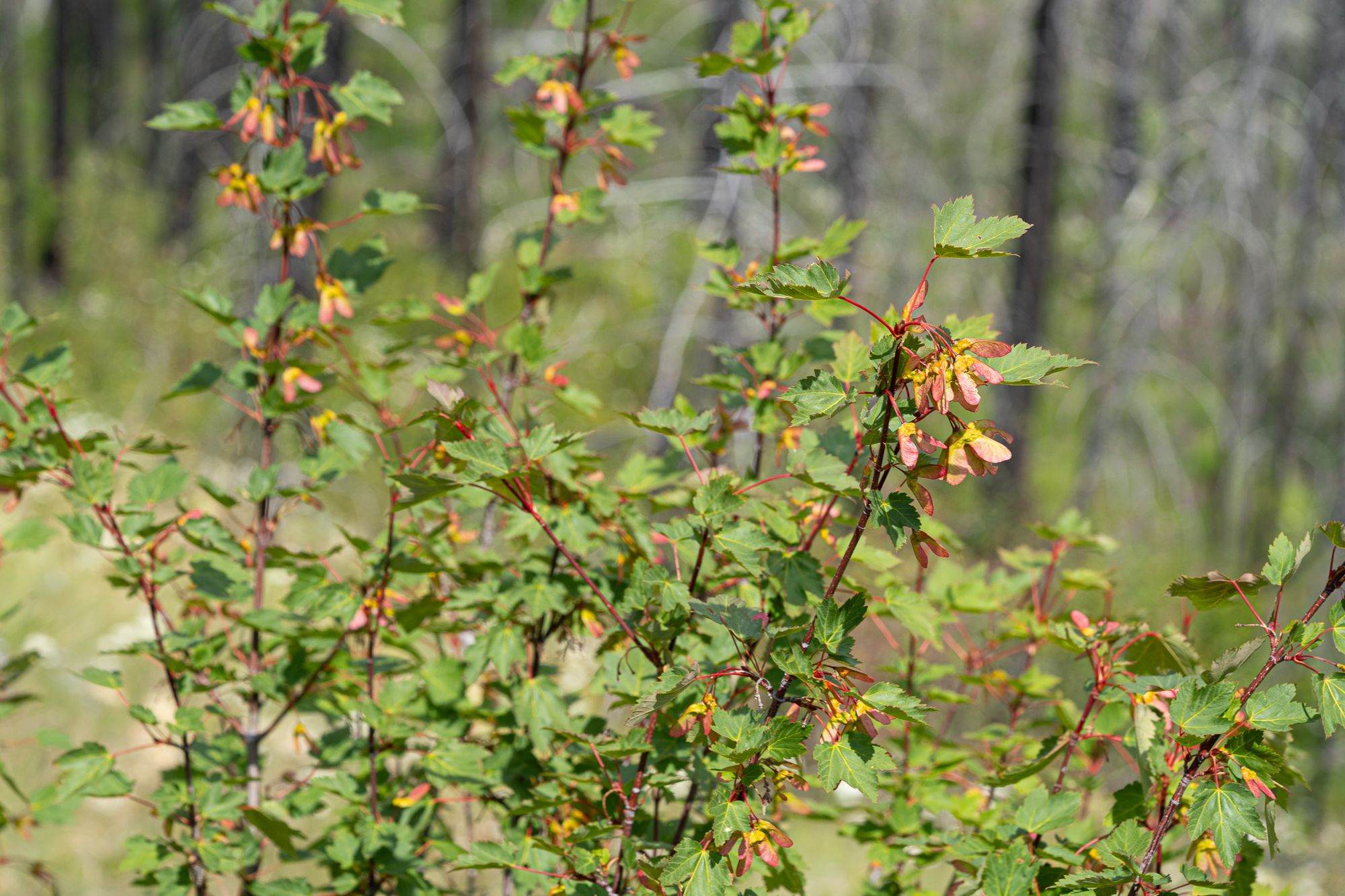June 25-July 1, 2023
Turning hot


It's been hard to read much into weather patterns that change every day, but it feels like the wild west of last week is finally turning the corner into the sweltering heat of summer.
Week in Review
Summer is a slow, sleepy time in the Methow Valley, at least in terms of the natural world, and it feels like we're fast approaching that point; but last week ended with a bang (literally!) as giant thunderstorms rolled through the area.
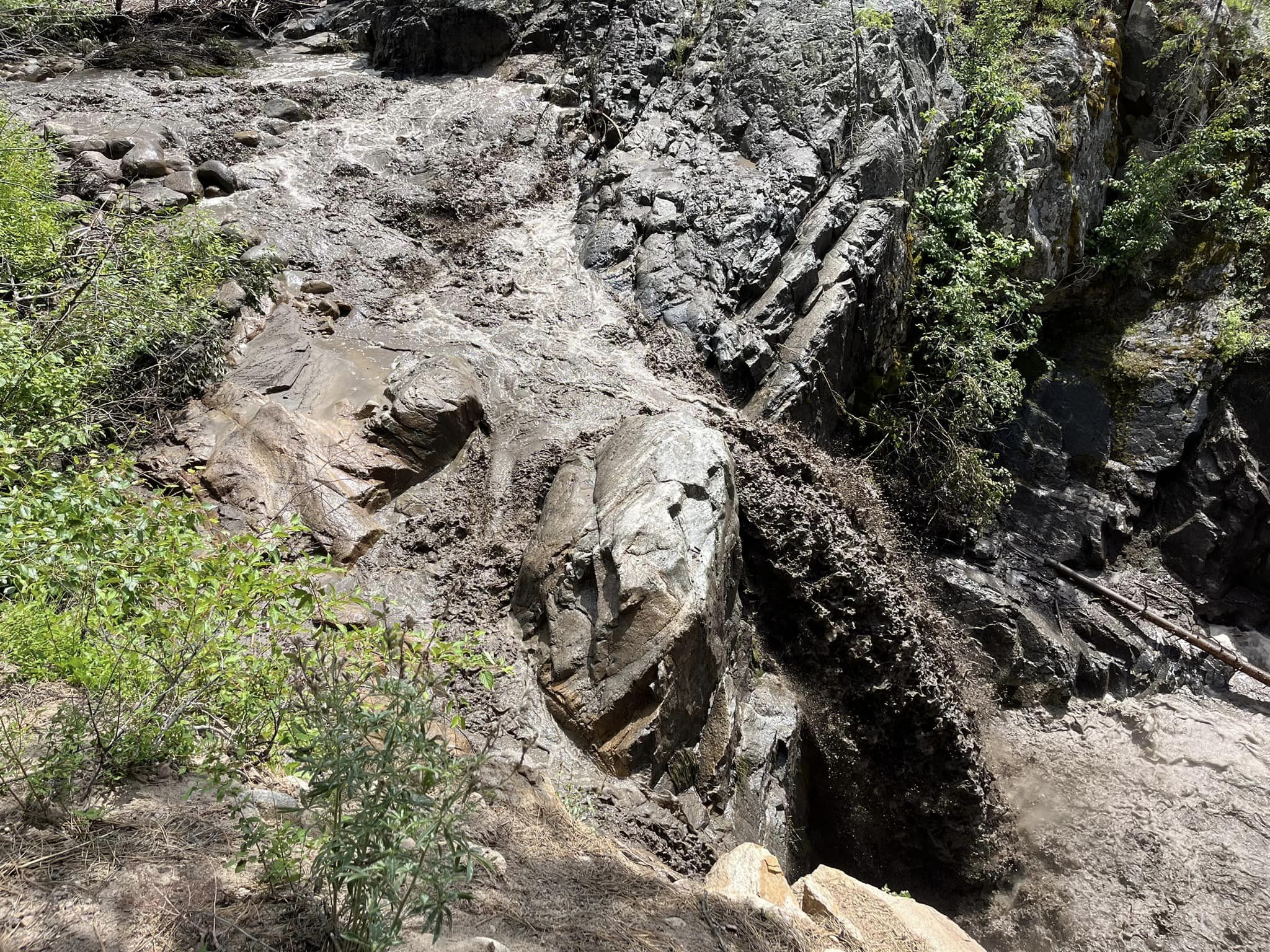
Despite the warming days there are still flowers and plenty of insects around, along with a scattering of baby animals, but nature lovers might already be turning their eyes towards the rapidly approaching splendor that will be found in high mountain meadows.
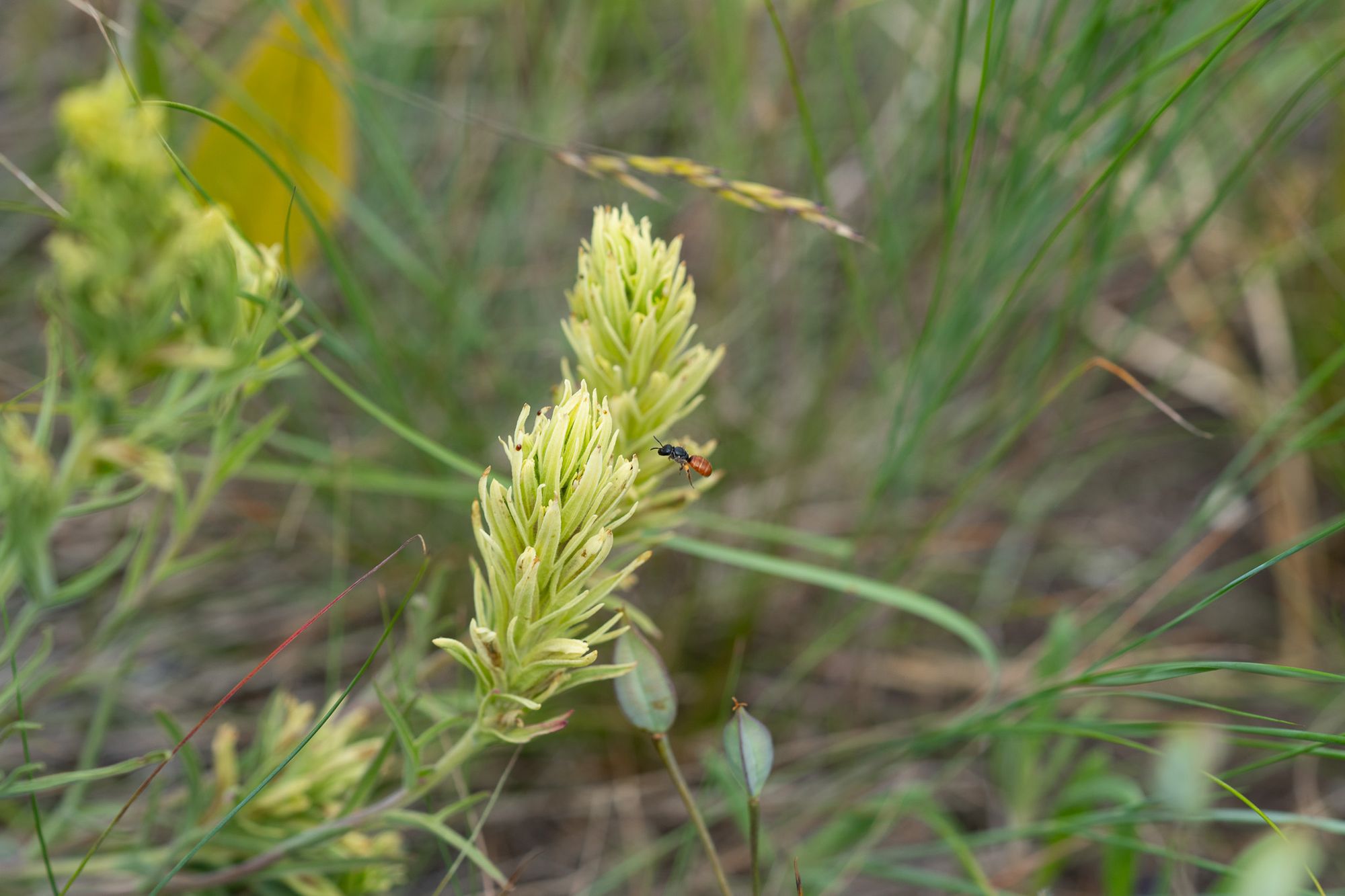
This will create a split in how the Nature Notes newsletter covers the changing seasons: we'll continue focusing on changes in the valley, but it'll be impossible to not peek at what's happening in the high mountains as well, so look forward to a mix of stories.
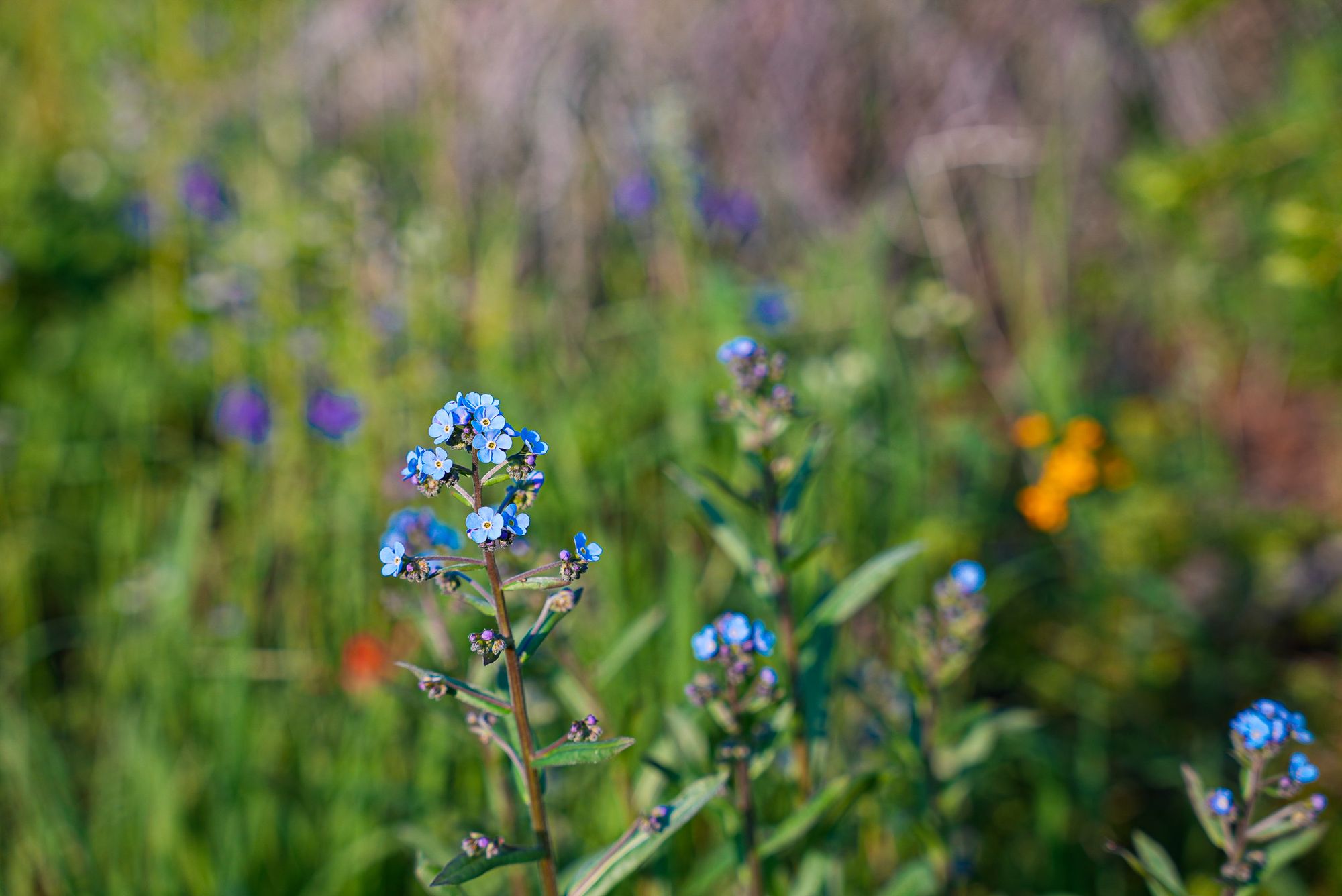
It's been fun to see some of the babies reported this week and we hope it inspires you to keep your eyes open for more babies. In some cases, babies are secretive and well hidden, but in other cases they are loudly crying for attention and food.
For example, we've heard both black-billed magpie and common raven babies that wouldn't shut up, while someone else noticed some normally nocturnal raccoon babies checking out the daytime world.
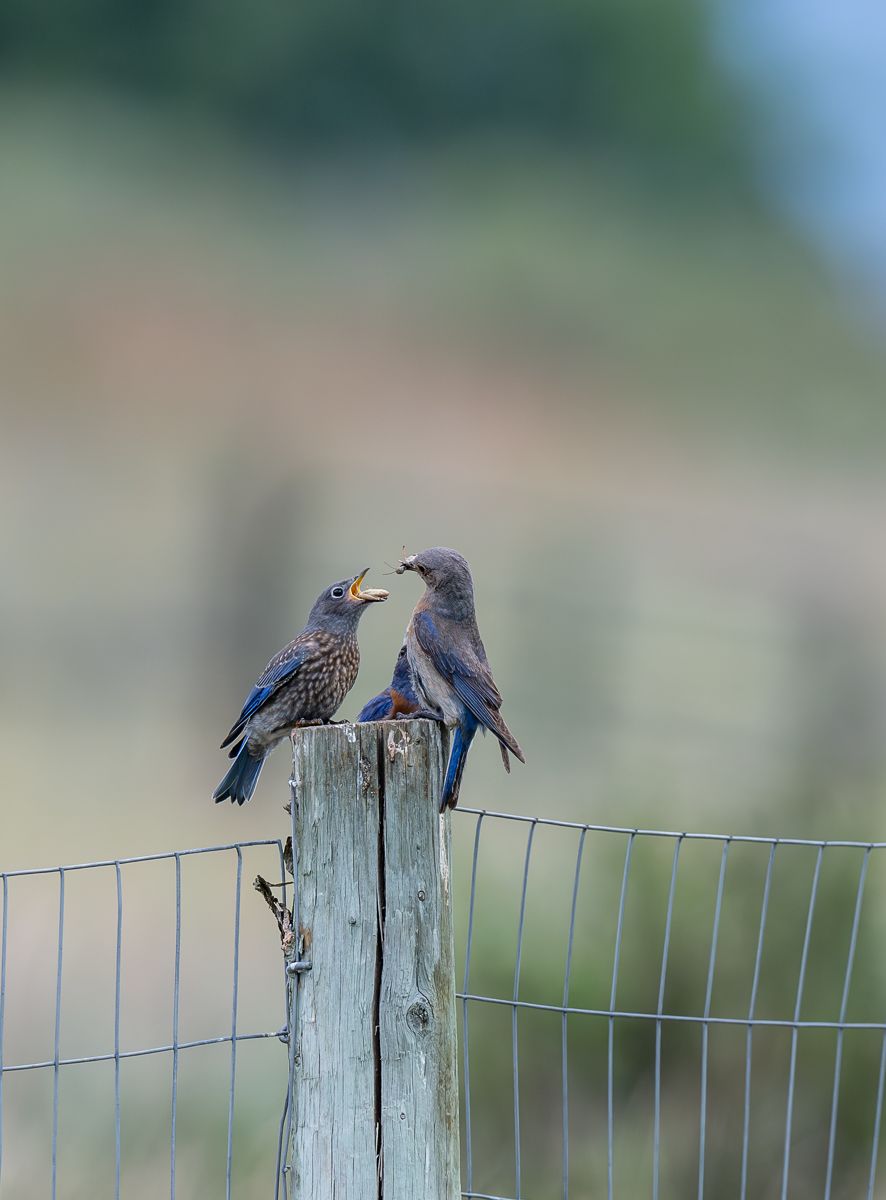
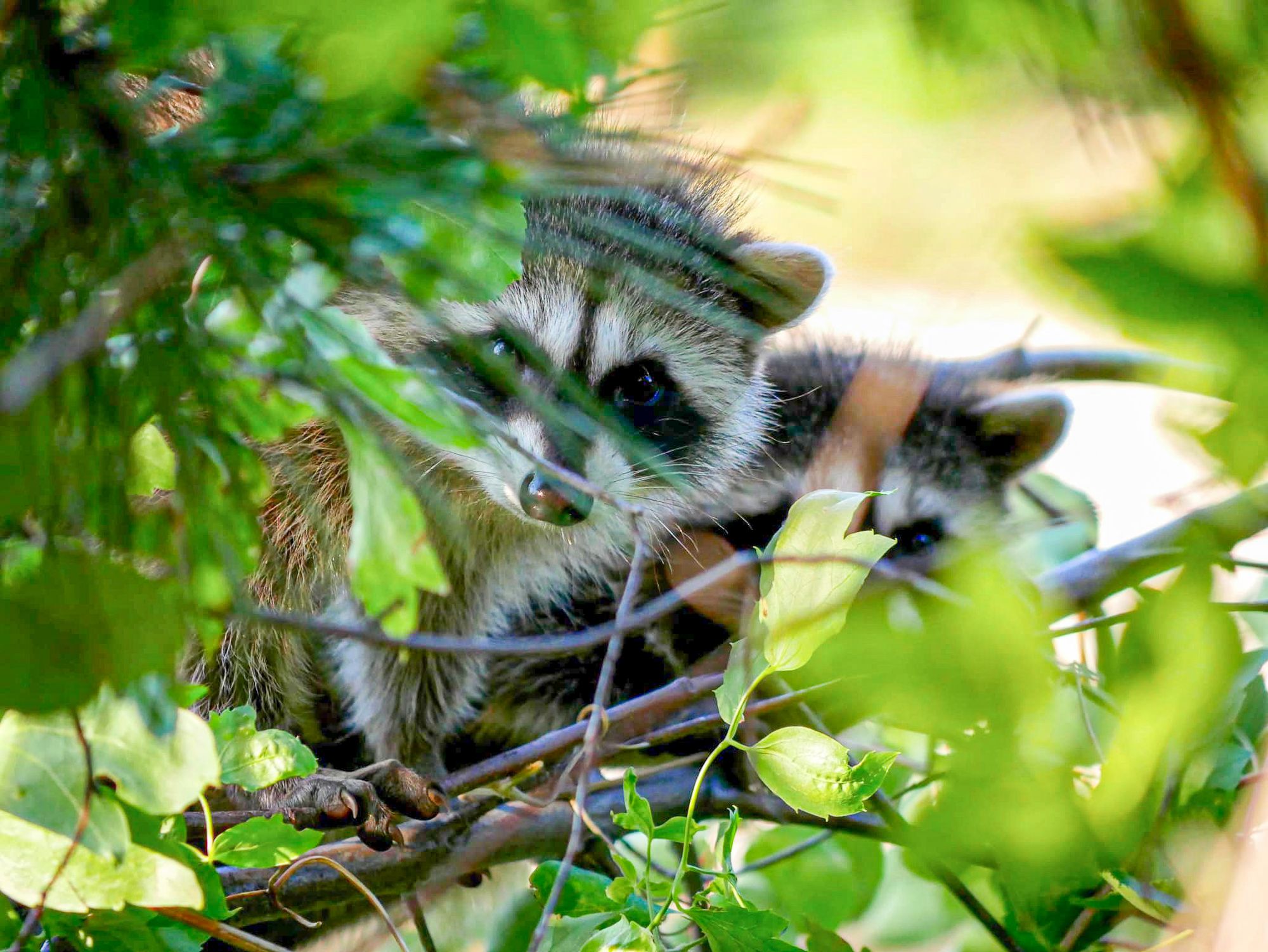
And speaking of hidden animals, we had a lively discussion about gophers on the Methow Nature Notes Facebook page this week. It's easy to see, or worry about, the damage that gophers cause, while not realizing they are providing an invaluable service by loosening soil so that nutrients and water can move more easily, and so that roots can grow into the soil more readily. Gopher populations come and go, so they may show up for a year or two and help the soil, then be gone for years and the soil will suffer by becoming compacted and depleted.
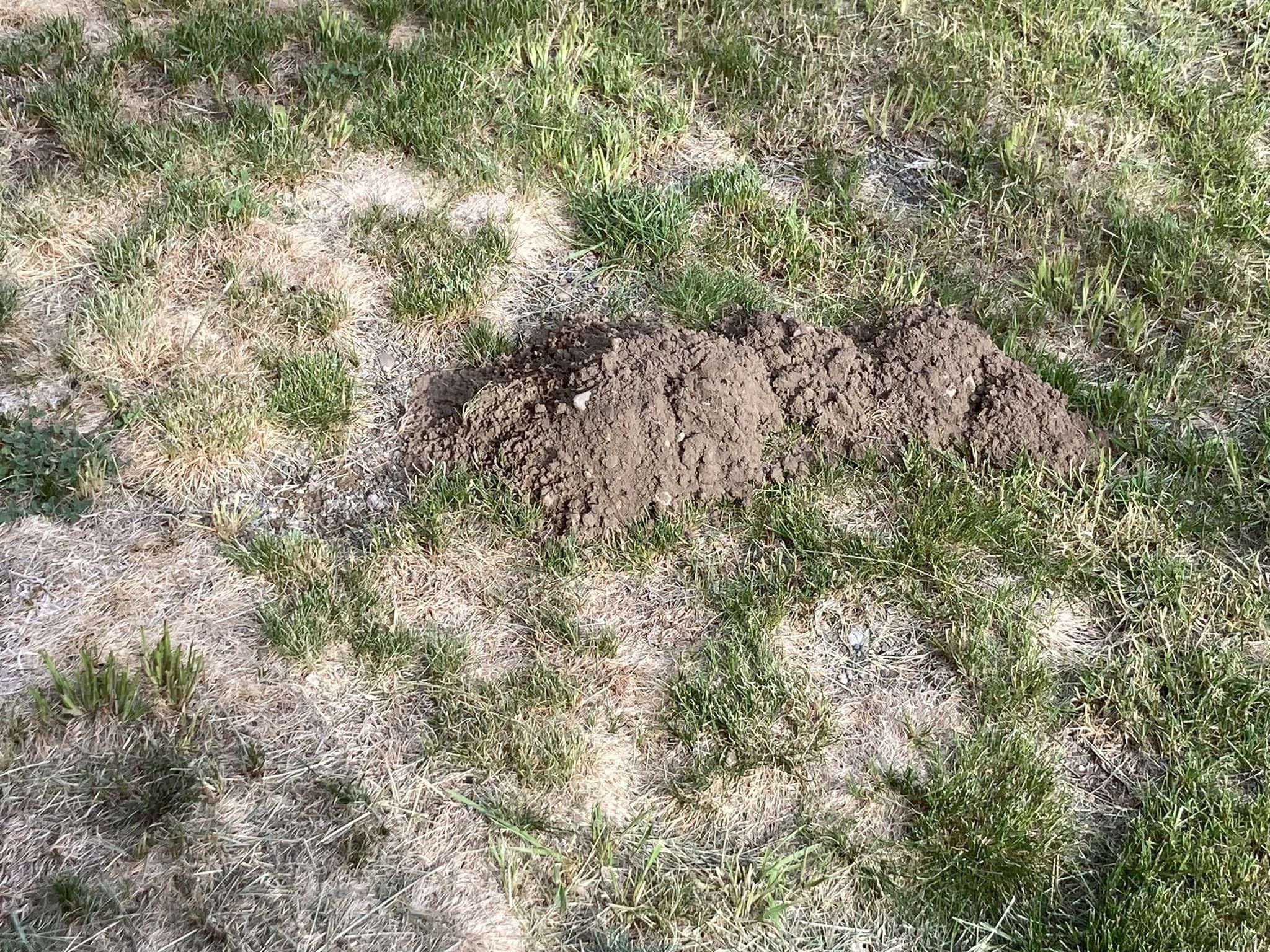
Although shrub steppe habitats around the valley are drying out, it's surprising how many flowers you can still find. Buckwheats, with their white to pinkish flowers, are especially conspicuous, but you might also stumble across pockets with many kinds of flowers where you least expect them.
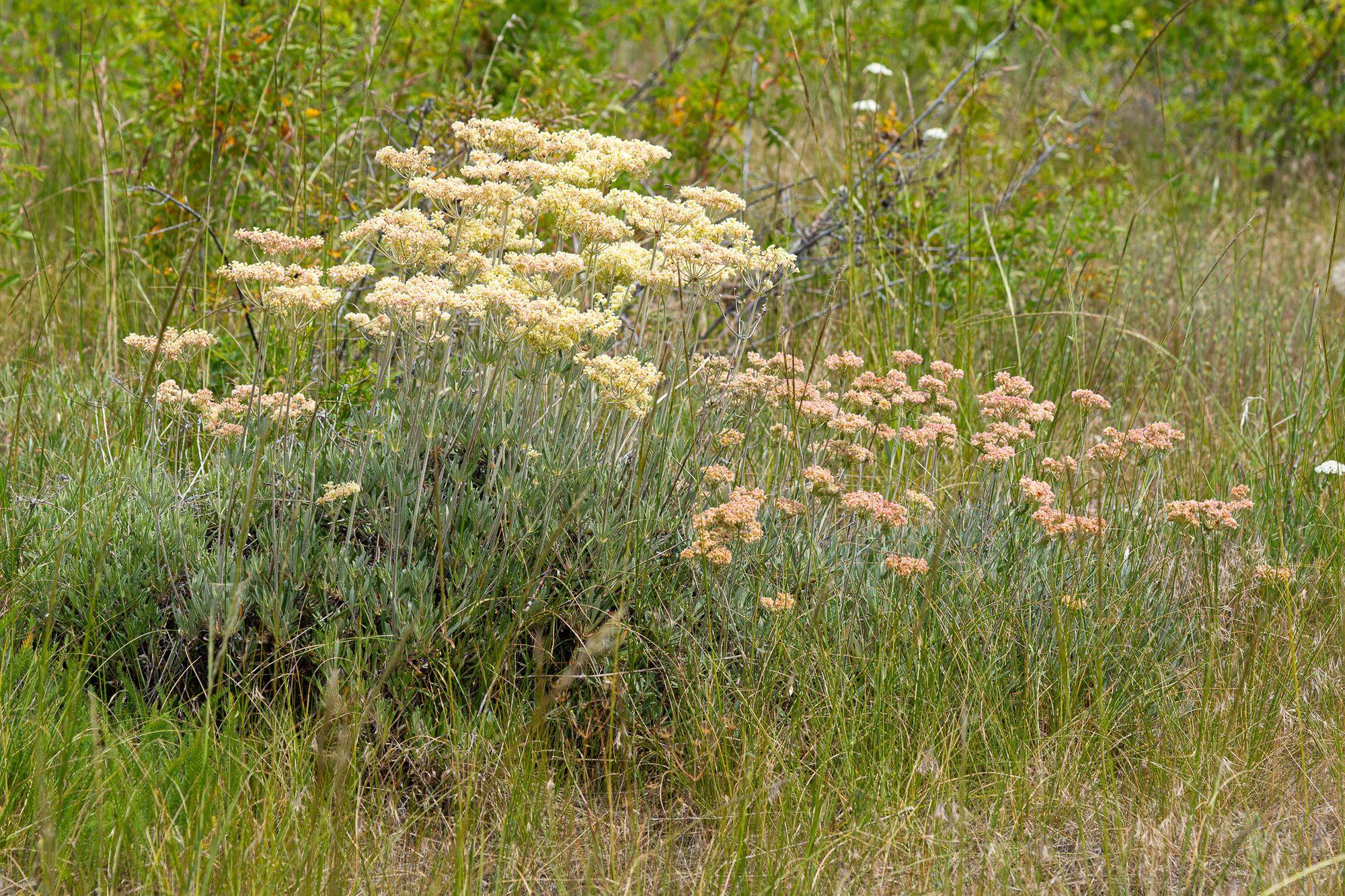
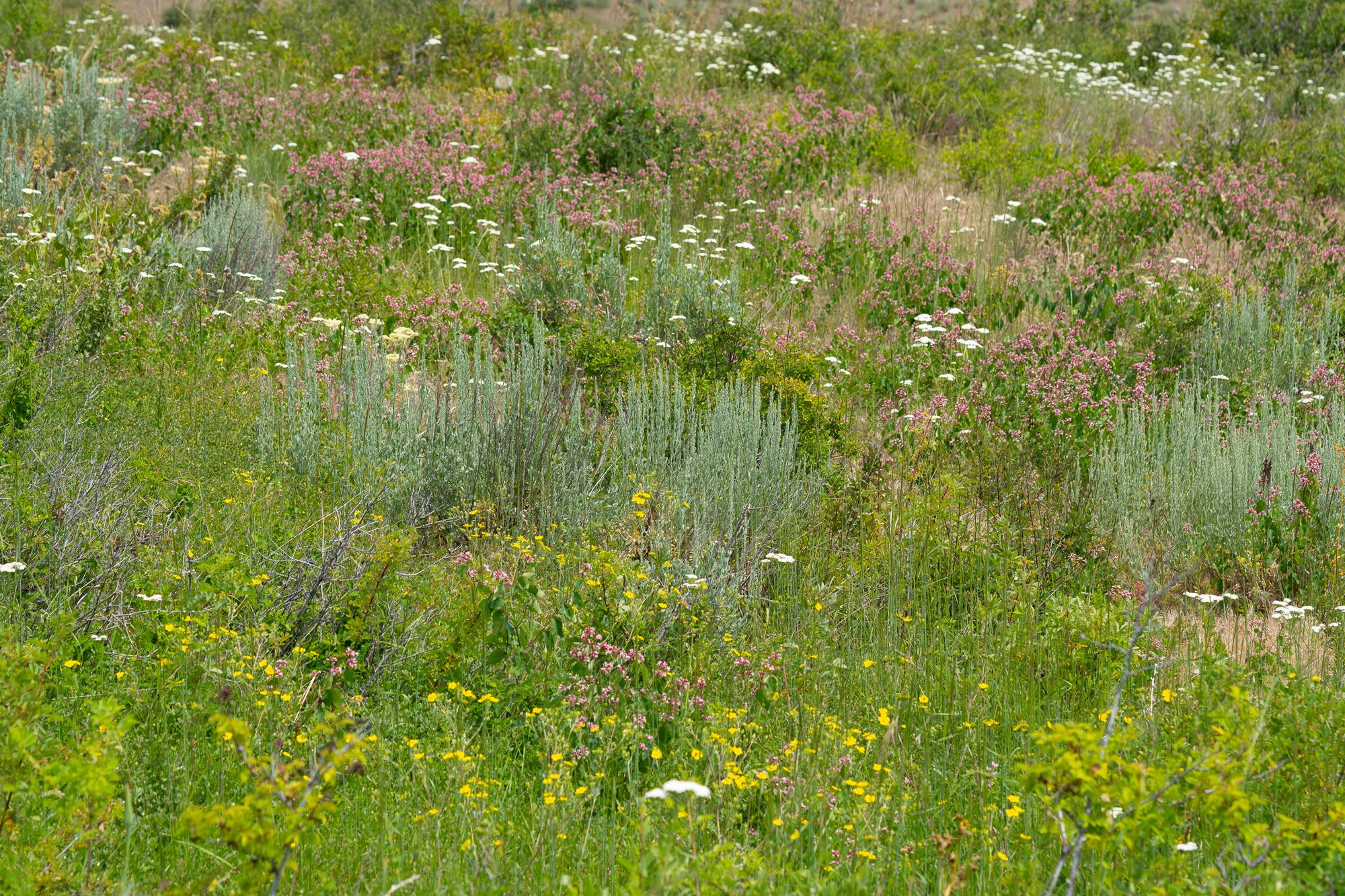
Observation of the Week: Why Red?
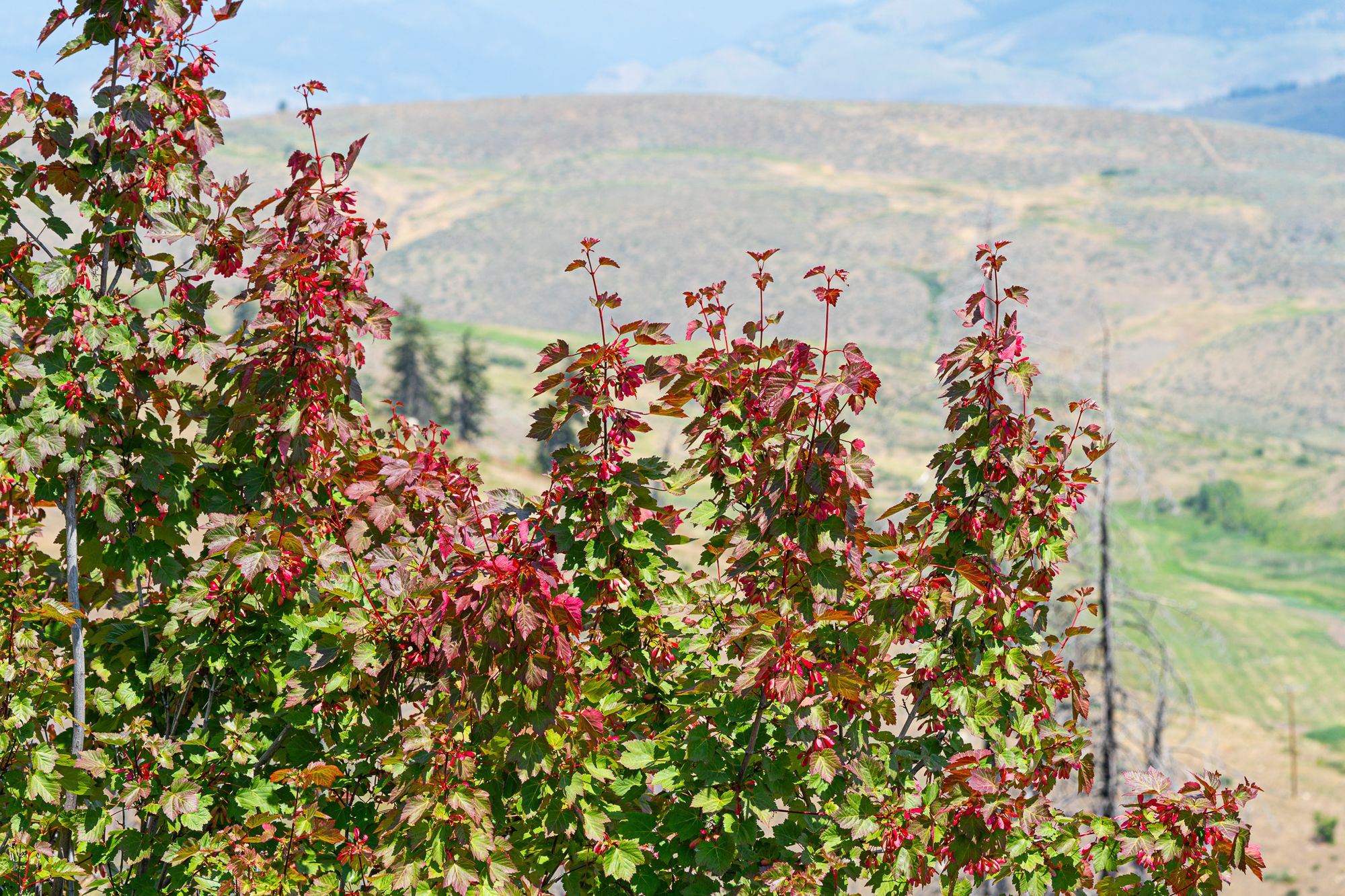
It's not fall yet, but are you noticing unusually red leaves or stems on plants? These red colors can be quite common, and you might even spot them on exposed roots along the edges of rivers and lakes.
There's an interesting story here: What you're seeing are anthocynanin pigments, which are the most important color-producing pigments in plants.
We expect to see green on plants and different shades of green are created by chlorophyll pigments. These pigments turn sunlight into food energy (sugars) for plants.
Red anthocynanin pigments, on the other hand, absorb the sun's heat energy and act as a kind of sunscreen.
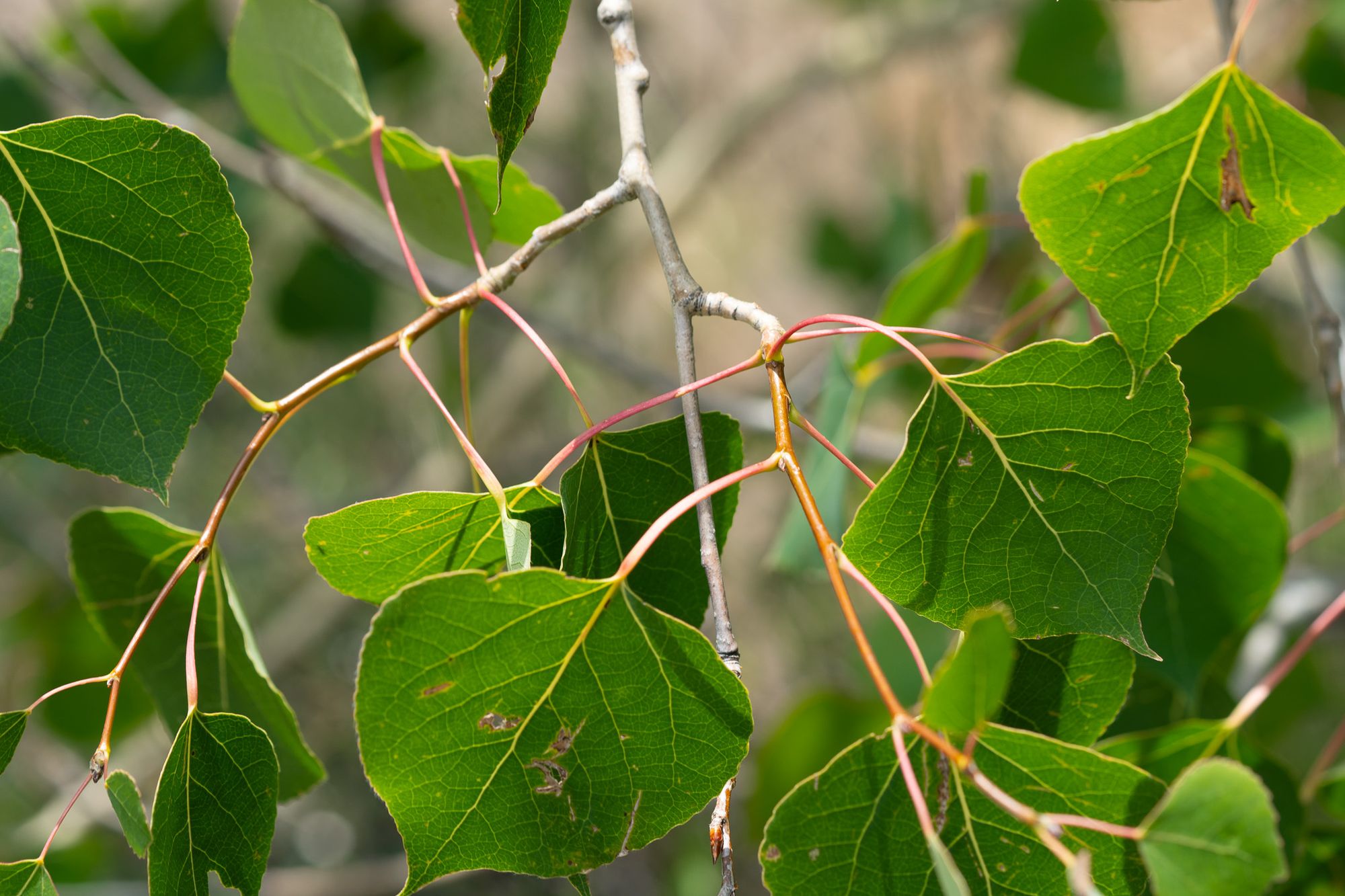
These reds are always present, and in fact they are the basic color of vegetation. In the summer, however, reds are usually covered by abundant green pigments so we don't see them, but reds become obvious in the fall when green pigments are broken down and moved from leaves into branches and roots for winter storage.
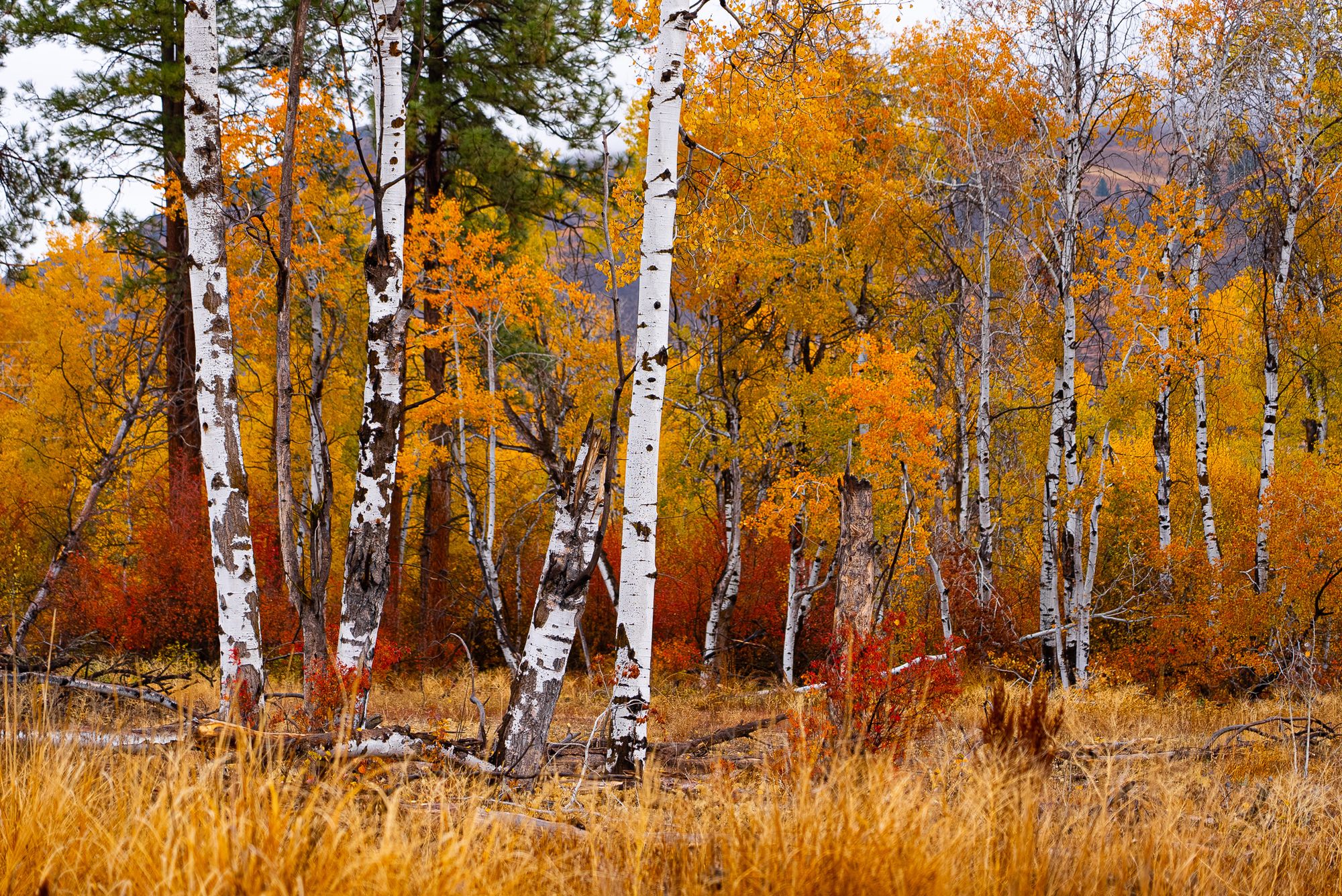
What you're seeing when you spot red leaves and stems in the summer is the result of plants adding sunscreen to protect tender or vulnerable new tissues from the intense sun. You're also seeing this when you notice red roots at the water's edge because roots are typically hidden underground and have no protection from the sun so when they grow out of the soil and into the water they need lots of added sunscreen to protect them.
